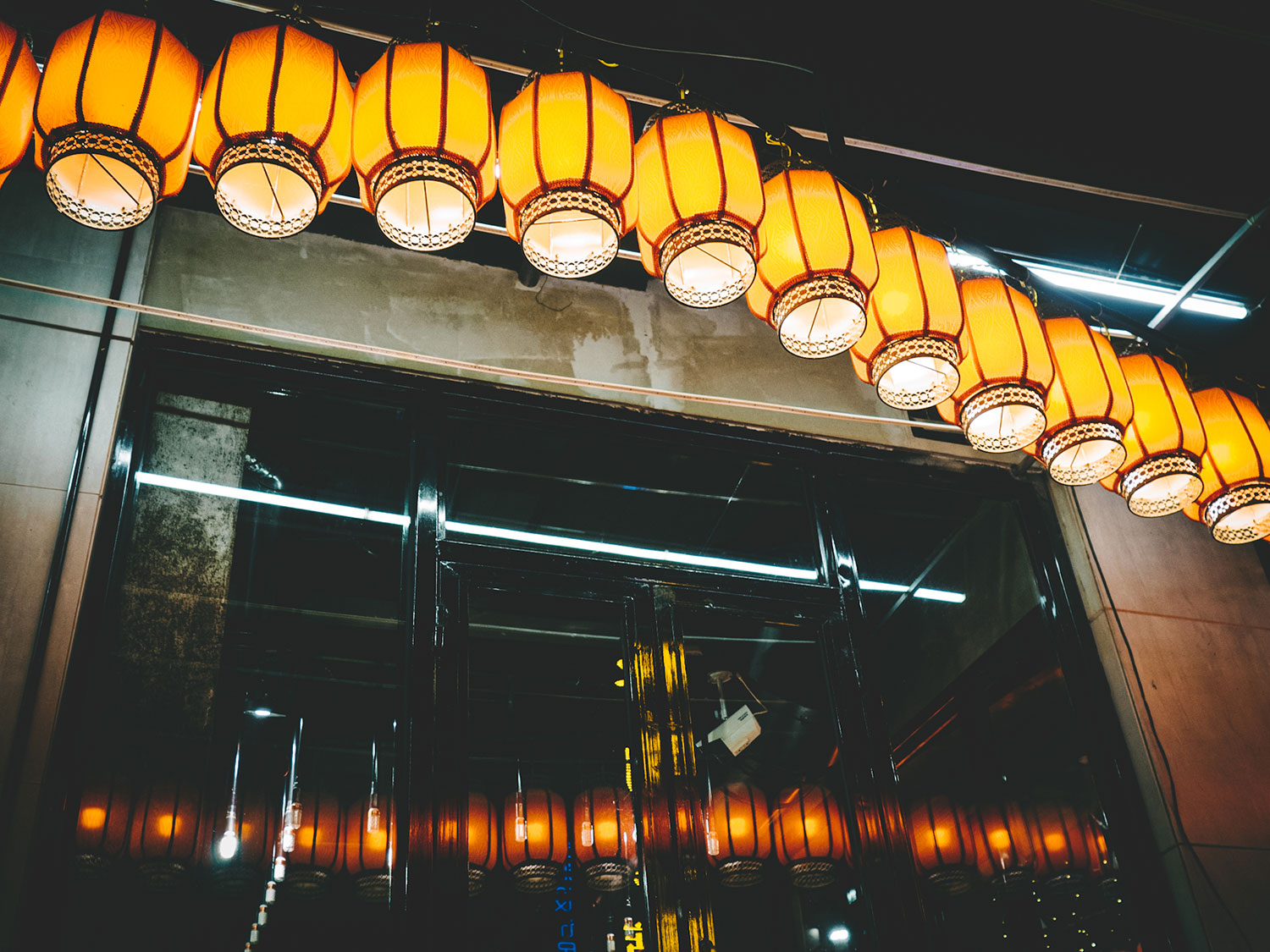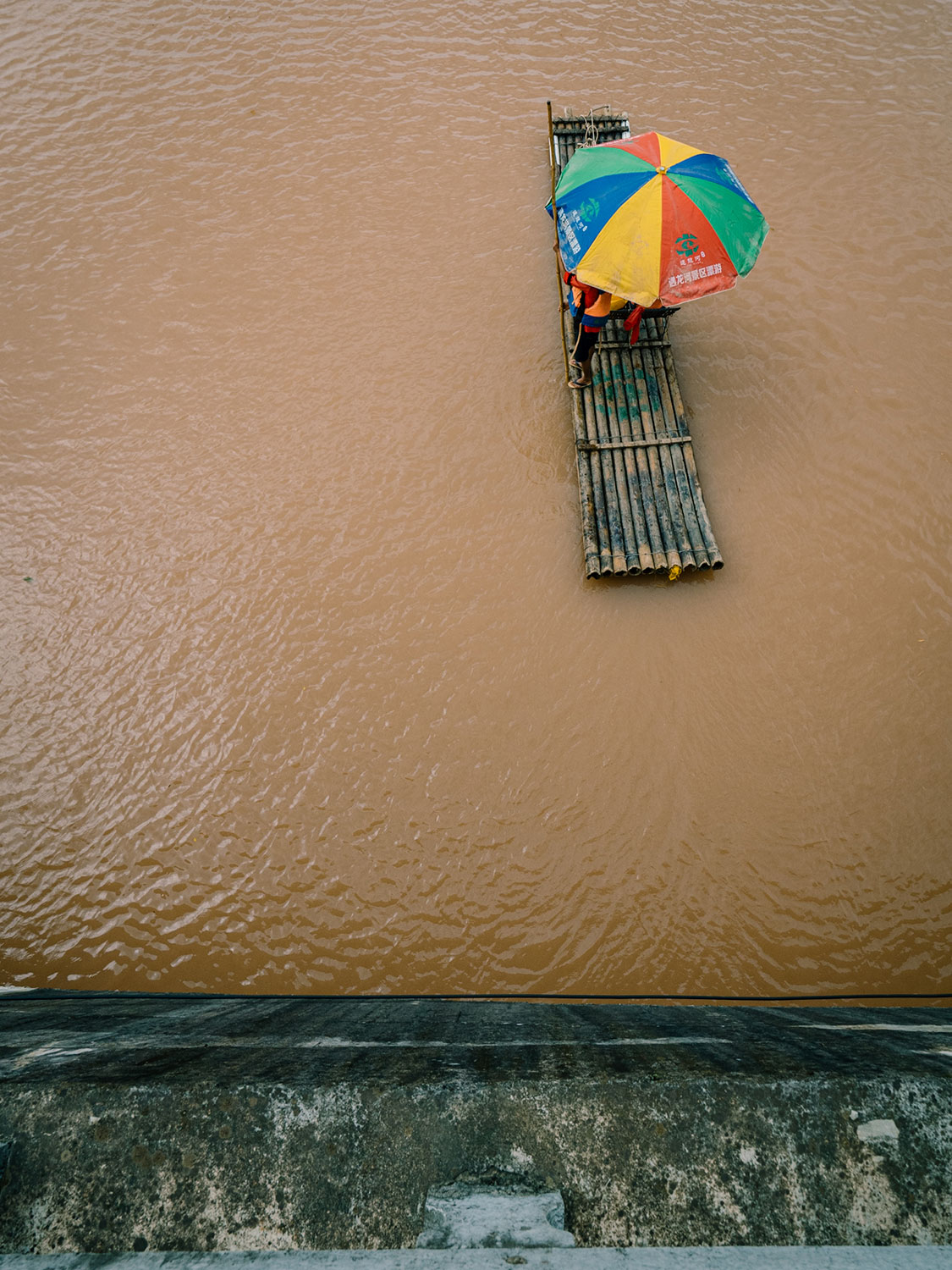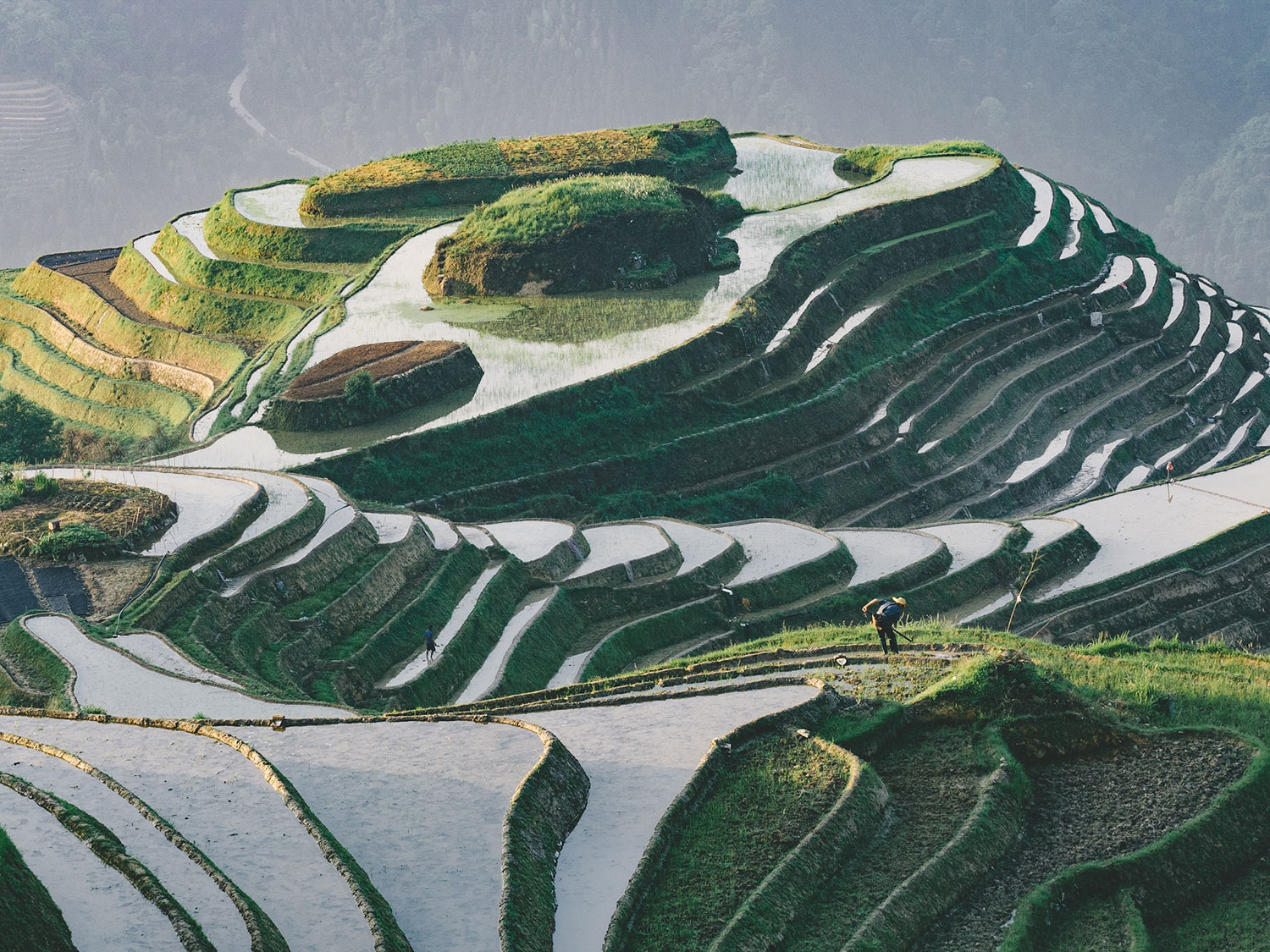Olympus experience in Yangshuo, China
Hello, my name is John Salvino, I’m originally from Toronto, Canada, but I’ve spent the last two and a half years living in China.
I recently spent three months in Yangshuo, China, a county of Guilin city, in southern China’s Guangxi Autonomous Region. My job in Beijing finished in February, so with the free time I had before getting a new job, I wanted to go to this area of Southern China, known as one of China’s most beautiful.
It was an incredibly great experience, but it wasn’t all relaxing and photography though, I had Chinese classes every afternoon! Before getting a new job, I figured this was a good time to work on improving my Mandarin.
Of course, I had all of my Olympus gear with me, and so I wanted to share a little bit about my experiences during my stay.
Yangshuo Thoughts
First, I guess I should talk a little about Yangshuo itself. It’s not one of China’s most well-known cities, so many people may not be too familiar with it.
As I mentioned above, it’s located in the southern part of China and is known for its beautiful mountains and rivers.
Speaking of mountains, you can’t look anywhere without seeing them, you are just constantly surrounded by them! Everywhere you look, they are always there in the background.
It’s quite a change from what I’m used to in Beijing, which is, of course, a huge sprawling city, famous more for its historic sites than beautiful landscapes.
RIGHT: Olympus E-M5 MK II . Olympus M.Zuiko 7-14mmF2.8 @10mm . f/5.6 . 1/800″ . ISO 400
Another difference from Beijing is the southern accent that locals speak with, it took me a while to get adjusted to hearing it!
Yangshuo’s atmosphere is very laid back and relaxing, with plenty to do for lovers of outdoor activities. During my time there, I went kayaking, hiking, rafting, visited rice terraces, lived through a flood… oh, and drank lots of coffee of course!
Olympus Background
I arrived in Yangshuo just after the middle of April, and prior to that, it had been around three months since I had even seen my Olympus camera.
My camera and some of my lenses were in my locker at my former place of employment. Due to the lockdown situation, I could not obtain that equipment until a few days before my trip.
During the time without my Olympus camera, I kind of started getting used to using my iPhone for photography. Last autumn I purchased the iPhone 11 Pro Max, and I was excited to use it more for photography.
I had never really used my phone as a camera before, but the new camera system intrigued me. I was pleased with the results and was almost thinking, maybe I don’t really need all my Olympus gear after all.
But soon after arriving in Yangshuo, I was so thankful that I had it all with me. My first week there was spent in quarantine in my room. As you can see, it wasn’t a bad place to be quarantined, and during this week, I was pleased to have my different lenses to play around with.
After the quarantine week was done, I was feeling reinvigorated. I was excited to start my classes and to start exploring Yangshuo with my camera!
What I Used
Although I had all my Olympus equipment with me in Yangshuo, I basically used the following:
• Olympus OM-D E-M5 Mark II
• M.Zuiko 17mm f/1.8 Prime
• M.Zuiko 7-14mm f/2.8 PRO
• M.Zuiko 14-150mm f/2.8 PRO
I used my 12-40mm f/2.8 PRO only sparingly, it seems like I just can’t get into that focal range, I much prefer the two extremes. I didn’t use my 45mm f/1.8 Prime, my TG-4, or my TG-Tracker.
17mm Prime
In the few years before I moved to China, when I was still living in Toronto, I was really into street photography. It was one of the main reasons I switched to the Olympus system in the first place. The reduced size and weight lent itself to street photography. But since arriving in China, I have pretty much exclusively used my 7-14mm lens along with my battery grip.
Since most Yangshuo photos show the beautiful scenery and natural views, I thought it would be fun to show a different side of Yangshuo. So I put on my 17mm lens, took off the battery grip, and walked around to do some street photography. It had been a very long time since I shot like this, and I had forgotten how compact the system is when used in that configuration.
As soon as I started walking around, I thought, I will have to get used to this focal length again! It doesn’t sound like a huge difference in focal length, but when you’ve pretty much only seen the world through a 7-14mm lens for over two years, using a 17mm still took a bit of getting used to. It’s funny because I had a similar issue when I first started using the 7-14mm after having used the 17mm for such a long time.
RIGHT: Olympus E-M5 MK II . Olympus M.Zuiko 17mmF1.8 @17mm . f/2.8 . 1/40″ . ISO 3200
If you do an image search for Yangshuo, you most definitely won’t see black and white street photography. That’s one reason why I wanted to do some while I was there. And who knows, maybe one day some of my street photos will show up there 🙂
RIGHT: Olympus E-M5 MK II . Olympus M.Zuiko 17mmF1.8 @17mm . f/3.5 . 1/40″ . ISO 3200
7-14mm
Ah, the 7-14mm. By far my most used lens, and the lens I am most comfortable using. It pretty much hasn’t left my camera since I arrived in China.
If you have a look at my Instagram, you’ll see I kind of have a particular style. I like showing things from different angles and diverse perspectives. I like to show the non-obvious parts of a scene whenever I can.
RIGHT: Olympus E-M5 MK II . Olympus M.Zuiko 7-14mmF2.8 @13mm . f/5.0 . 1/30″ . ISO 800
While in Yangshuo it was still my most used lens, though I used it mostly as a straight-ahead wide-angle lens. It really helped to show the vastness of the land, especially at the Longji Rice Terraces.
40-150mm
Lastly, we come to my 40-150mm. Since my Iceland trip in 2016, I haven’t used this lens much at all.
For my first few business trips in China, I brought it along with me but just never bothered to use it. Eventually, I just stopped bringing it with me.
RIGHT: Olympus E-M5 MK II . Olympus M.Zuiko 40-150mmF2.8 @150mm . f/5.0 . 1/100″ . ISO 400
I find it a real challenge to find interesting compositions when I shoot at longer focal lengths. This was especially the case while I was in quarantine, having to do photography from the same window for one week.
But as I mentioned, I brought all of my equipment with me to Yangshuo, since I knew I would be there for two or three months. And I’m definitely glad that I did! I ended up using it quite a bit.
RIGHT: Olympus E-M5 MK II . Olympus M.Zuiko 40-150mmF2.8 @106mm . f/7.1 . 1/800″ . ISO 800
I mentioned above how the wide-angle lens showed the vastness of the Longji Rice Terraces. I liked how this long lens instead allowed me to show the human aspect and the hard work required to work on the terraces.
Second Body
One advantage of being in a place for a long time is that you don’t have to bring all your lenses with you when you go out shooting. If I’m visiting somewhere for a short time, I feel pressured to bring two or three lenses, since I know I won’t have very long at each place.
But when you have the luxury of time, you can visit the same places multiple times, each time bringing a different lens with you.
Having said that, I still would like to purchase a second body at some point. If I do have two lenses with me, I sometimes am too lazy to switch as I come across different scenes. Maybe there will be an OM-D E-M5 Mark III in my future? 🙂
RIGHT: Olympus E-M5 MK II . Olympus M.Zuiko 7-14mmF2.8 @8mm . f/5.6 . 1/8000″ . ISO 400
Photography Workflow
Before moving to China in January 2018, I used Lightroom (Classic) to edit my photos. But part of the job I took in China involved lots of travel and photography (I know, how awful, right?!), so I thought it would be a good chance to try Lightroom CC instead.
It seems like maybe I’m in the minority, but almost instantly I preferred CC to Classic. I really liked the streamlined and more modern interface, and the syncing between devices is so convenient. It’s nice to be able to quickly import the photos directly into my iPad Lightroom library and start making quick selections or edits, whether I’m sitting in a coffee shop or in the back of a taxi. I now use my iPad probably 95% of the time for everything I do, whether it’s photography related or not.
For my Lightroom photos, usually I start by choosing a VSCO filter. Years ago, I bought a few of their filter packs and I still like them best. After selecting a preset, I then make some pretty quick adjustments. I’m not someone who does a lot of editing, I much prefer the shooting process to the editing process, so I typically don’t spend too much time on it.
I start with cropping and straightening. Since I often shoot at such wide-angles, I make good use of the Geometry panel in Lightroom. After that, I adjust the Highlights and Shadows as necessary, and finally add an appropriate amount of Contrast, Texture, or Clarity. I usually prefer to give my photos a softer look, so I don’t go too crazy though. For landscape images, I will often add a bit of Dehaze.
RIGHT: Olympus E-M5 MK II . Olympus M.Zuiko 7-14mmF2.8 @14mm . f/5.0 . 1/200″ . ISO 400
I don’t do much in terms of colour adjustments, though that’s an area I would like to explore some more. I generally don’t do any sort of tone curve adjustments either.
Side Note: Scooter Lifestyle
One thing that surprised me about my time in Yangshuo was how much I enjoyed riding around on a scooter. I purchased one partway through my stay there, I wish I had gotten one earlier.
If you ever visit an area where scooters are popular, I highly recommended it. Yangshuo has so many small roads and trails, every time I would go out, I would find a new place to explore.
It was so convenient to just hop on the scooter with no destination in mind and just explore. Usually, I always use a wrist strap with my camera. But I swapped my wrist strap for a neck strap for my scooter trips. It was so freeing to be able to stop anywhere on a dime, and just snap a few photos.
Typically I would bring two lenses with me, my 7-14mm and my 40-150mm. I would put them in my Peak Design backpack, which fit comfortably on the scooter. Much nicer than having to carry the backpack around myself! In case you are curious, I use DSPTCH straps.
Conclusion
So my Yangshuo experience is now behind me. It was definitely a bittersweet goodbye, I already miss the friends that I made there. I will always remember riding around on my scooter, exploring the area while taking photos and listening to music. It was such a wonderful experience.
I’m delighted that I fell in love with my Olympus gear again. I didn’t realize how much I missed shooting with it, until I started doing it again after many months.
If you are thinking of visiting Yangshuo or any area of China, please feel free to reach out to me, I’d be happy to help!
I’m excited to see what adventures the next chapter of my life will bring. But right now I need to get back to studying more Mandarin 🙂
RIGHT: Olympus E-M5 MK II . Olympus M.Zuiko 40-150mmF2.8 @40mm . f/6.3 . 1/100″ . ISO 800
RIGHT: Olympus E-M5 MK II . Olympus M.Zuiko 7-14mmF2.8 @7mm . f/5.0 . 1/1250″ . ISO 400

John Salvino is originally from Toronto, Canada but has lived in China for over two and a half years now. Since he arrived, he has visited many cities in Mainland China, along with Hong Kong, Macau, and Taiwan. He’s also found time to visit Vietnam and Thailand. He credits his love of photography for both allowing him and inspiring him to travel, and he hopes to continue to do so for many more years to come. Apart from photography and the web, he enjoys music and learning languages.







































Faisal Mohsin
February 15, 2021 @ 16:06
Really enjoyed your pictures from China. It’s like I took a little tour through your photographs. Also impressed with your ability to take pics with such diverse compositions from the limited lens selections. Thanks for posting.
John Salvino
March 2, 2021 @ 04:59
Thanks a lot for your comment, Faisal, I’m glad you enjoyed the photos! I had a great time, I look forward to doing more traveling again in 2021!